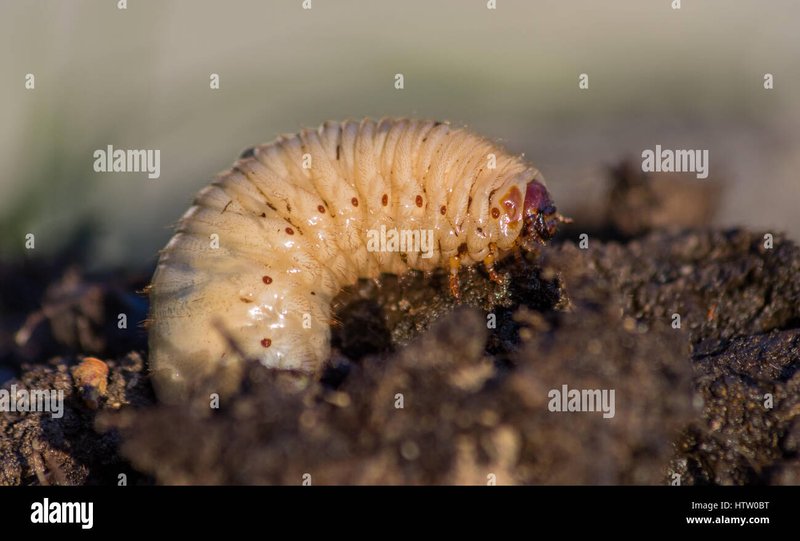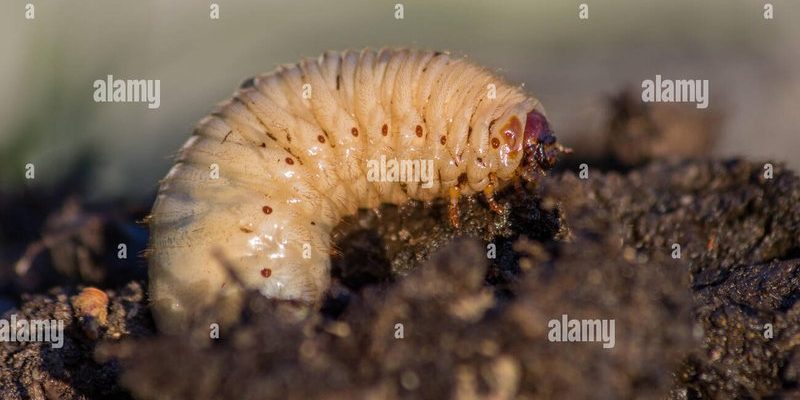
Picture this: you’re in your garden early in the morning, sipping coffee, and you see a few birds pecking at the ground. They’re on the lookout for an easy breakfast—grub worms! Yes, these worms have their preferred times for being active, and understanding that can help you manage them better. So, what time of day are grubs most active? Let’s find out.
Understanding Grub Worm Behavior
Grub worms are the larvae of beetles, and they love to munch on the roots of your plants, which can be quite harmful to your garden. But what influences their activity? **Temperature and moisture** are two major factors. Grubs are cold-blooded, so as the temperature rises, they tend to burrow closer to the surface. Conversely, during cooler times, they dig deeper into the soil to stay warm.
So, think about it: if you want to catch them in action, pay attention to the weather. A warm, moist day often leads to increased grub activity. And interestingly, they have a natural rhythm—similar to how we feel peppier in the morning or more sluggish in the afternoon. You might find them more active as daylight arrives, but when sunset hits, they often retreat back into the ground.
When Are Grubs Most Active?
If you’re looking for the best time to spot grub worms, you’ll typically want to observe them during the **early morning hours** or **late afternoon**. These times can vary depending on the season and weather, but generally speaking, grubs come out when the sun is not too high in the sky.
In the cooler months, grubs tend to stay deeper in the soil. However, as spring rolls in and summer approaches, they become a bit lazier at midday. So, if you’re thinking about checking your lawn for grubs, plan on a time when the temperature isn’t blazing, like early in the morning or just before dusk, when they’re most likely to be closer to the surface.
Why Timing Matters When Dealing with Grubs
Here’s the thing: knowing when grubs are most active helps you manage them effectively. If you’re considering treatments—like natural or chemical pesticides—applying them during peak grub activity can increase your chances of success. You want to hit them when they’re out and about, right?
For instance, if you’re applying a pesticide, doing it early in the morning can be effective because the grubs are just waking up from their nighttime rest. This means they’re more likely to come in contact with the treatment. On the flip side, if you do it during the hot midday sun, they may be too deep in the soil to affect.
Grub Worm Activity During Different Seasons
Grub activity doesn’t remain the same year-round. In the spring and summer months, when temperatures rise, grubs become quite the little devourers, eating the roots of your plants. They thrive in the warmer soil, often coming to the surface more frequently.
As the weather cools in the fall, they start to dig deeper, searching for warmth. By winter, many grubs remain dormant, but they can still be found at varying depths in the soil. If you’re noticing damage in late summer or fall, that could be a sign they have been munching away at your plants. Monitoring their activity across the seasons will help you understand what to do when.
Identifying Grub Damage in Your Garden
It’s vital to know how to spot grub damage in your garden. Typically, signs include **brown patches** or **dead grass**, especially in your lawn. If you give the grass a gentle tug and it comes up easily, it’s a sure sign that the roots are being eaten away by grubs below.
Look for loose patches of soil or small holes where birds have been pecking. You might even see moles or skunks digging up parts of your lawn in search of these tasty snacks. Identifying these signs can help you correlate grub activity with damage, allowing for more effective pest management.
Effective Ways to Manage Grub Worms
Now that you know when grubs like to come out, it’s time to talk about managing them. Here are a few methods you can try:
- Natural predators: Birds, moles, and other wildlife love to feast on grubs, so try attracting them to your garden.
- Organic treatments: Beneficial nematodes or milky spore disease can be effective in controlling grub populations.
- Chemical treatments: If you need to resort to chemical pesticides, make sure to choose ones specifically labeled for grubs and follow the application instructions carefully.
Remember to apply any treatments when grubs are most active for the best results!
Final Thoughts on Grub Worms
Understanding when grub worms are most active is essential for keeping your garden healthy. By timing your observations and treatments to their natural activity rhythms, you can effectively manage their populations. Remember to keep an eye on the weather and seasonal changes, and adjust your strategies accordingly.
So next time you’re enjoying a quiet morning in your garden, take a moment to think about those little wrigglers below. With the right knowledge and a little patience, you can keep those grubs in check and ensure your plants thrive!

